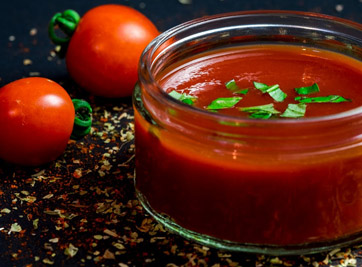
Identifiers
INS No. 161g
E161g
CI Food Orange 8
CAS No 514-78-3
Physical Description
Canthaxanthin occurs as a dark, crystalline powder. It is consists predominantly of trans-ß-carotene-4,4′-dione together with minor amounts of other isomers.
Common Uses
Canthaxanthin is a reddish-orange color primarily used to color the meat of poultry, salmon, and trout and the yolks of eggs indirectly through animal feeds. Canthaxanthin can also be used directly for coloring food such as tomato products, fruit drinks, sausage products and baked goods as well as pharmaceuticals.
Specifications for Food Use
Codex GSFA Provisions
Canthaxanthin (INS No. 161g) is added to foods and beverages at concentrations up to a maximum permitted level (MPL) as adopted by the Codex Alimentarius Commission. There are more than 30 food categories for which MPLs for canthaxanthin are adopted in the General Standard of Food Additives (GSFA).
Regulatory Approval
Safety Reviews
WHO Food Additive Series. No. 35, 44th JECFA Meeting. Available online
EFSA Panel on Food Additives and Nutrient Sources added to Food (ANS); Scientific Opinion on the reevaluation of canthaxanthin (E 161 g) as a food additive. EFSA Journal 2010; 8(10):1852 [42 pp.]. Available online